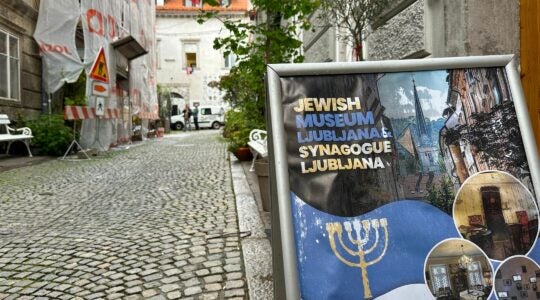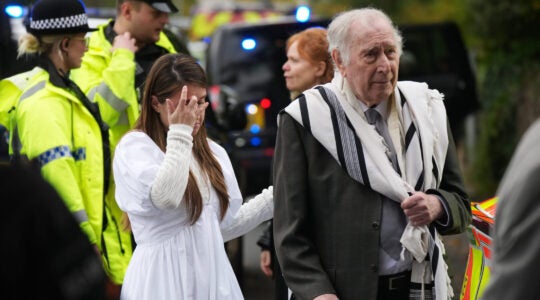There’s a saying among the Jews of Prague that a people’s history is recorded in its cemetery. Indeed, the Old Jewish Cemetery in Prague has a lot of stories to tell. Its earliest resident, Avigdor Kara, was interred in 1439, and Jews were buried there, stacked up to twelve atop each other, until the late 1700s.
The cemetery wasn’t just well-known to Jews. Anti-Semitic conspiracists claimed that it hosted the meetings of the Elders of Zion, and was the place they wrote their Protocols.
Umberto Eco, the Italian author of The Name of the Rose, chose the Old Jewish Cemetery as the centerpiece of his new novel, The Prague Cemetery. It’s a fascinating portrait of 19th-century anti-Semitism, told by a charismatic narrator who almost seduces the reader into agreeing with his beliefs.
The Protocols was a fictional book that professed to be factual. Prague Cemetery is the opposite, in some ways: a book that’s self-professedly fiction, but which is based in frightening historical facts.
JTA has documented Jewish history in real-time for over a century. Keep our journalism strong by joining us in supporting independent, award-winning reporting.





